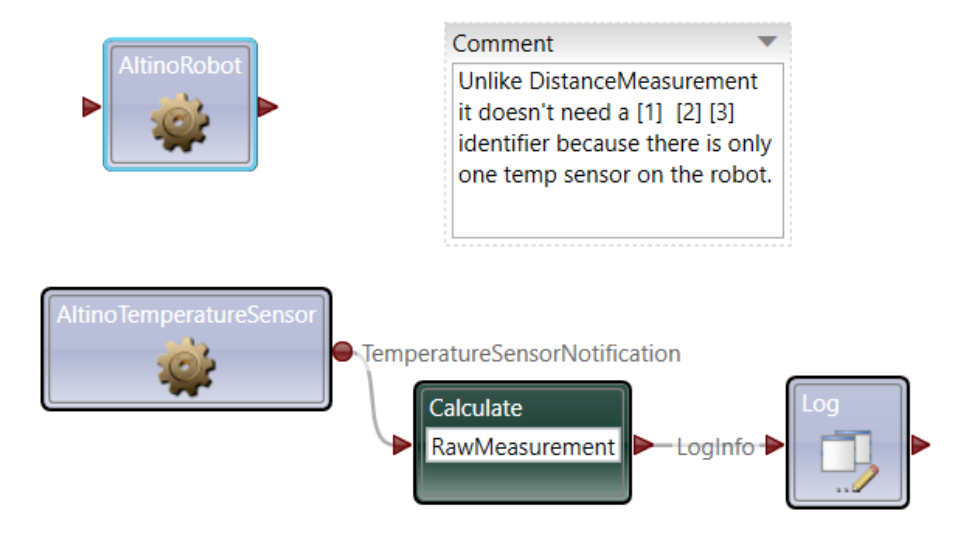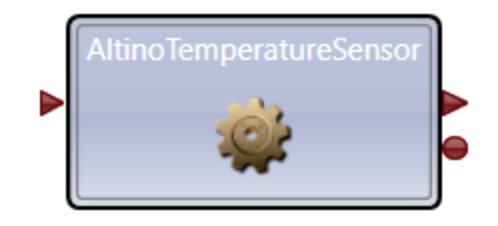Lesson Modules
Teaching Tips:
Question 1: What is heat?
The degree of hotness or coldness of a body or environment.
A measure of the warmth or coldness of an object or substance with reference to some standard value.
A measure of the average kinetic energy of the particles in a sample of matter, expressed in terms of units or degrees designated on a standard scale.
A measure of the ability of a substance, or more generally of any physical system, to transfer heat energy to another physical system.
Any of various standardized numerical measures of this ability, such as the Kelvin, Fahrenheit, and Celsius scale.
Question 2: How can you measure heat?
Using a temperature scale like Celsius or Fahrenheit.
Question 3: Why is it important to know the temperature inside a car?
For the safety of the people inside, for the safety of the car, for passenger comfort, ect.
Temperature pervades nearly every aspect of our lives. The temperature outside determines where we can live and how we should dress. Depending on where you live, you may spend hundreds of dollars a month to heat and cool your home to your comfort.
According to Scientific American: “Every one degree Celsius rise in body temperature wards off about 6 percent more fungal species. So tens of thousands of fungi can infect reptiles and amphibians, but we can only be invaded by a few hundred fungi. In the new work, the researchers created a mathematical model that weighed the fungal protection benefits versus the metabolic cost of high body temperature. And the optimal temperature was 98.1, quite close to what evolution figured out.
The “metabolic cost of high body temperature” means how many calories we burn just being alive and moving around. As our body temperature rises, we need to eat more food to get the same amount of energy. Simply put, our bodies have learned to strike a balance between keeping us safe from fungus that could make us sick, and keeping our bodies working with a relatively small amount of food.
Discuss these questions with your classmates.
Teaching Tips:
Technically speaking, heat is a way to transfer energy. How else can heat be described?
-
The degree of hotness or coldness of a body or environment.
-
A measure of the warmth or coldness of an object or substance with reference to some standard value.
-
A measure of the average kinetic energy of the particles in a sample of matter, expressed in terms of units or degrees designated on a standard scale.
-
A measure of the ability of a substance, or more generally of any physical system, to transfer heat energy to another physical system.
-
Any of various standardized numerical measures of this ability, such as the Kelvin, Fahrenheit, and Celsius scale.
In the last section, you brainstormed ways to measure heat. What units are used to measure heat?
Kelvin (K) Celsius (C) Fahrenheit (F)

If you live in the US, it is likely you are most familiar with the Fahrenheit scale. But Fahrenheit is an inconvenient way to measure temperature. As you can see in the chart, the boiling point of water on the Fahrenheit Scale is 212 and the freezing point is 32. These numbers are inconvenient and unintuitive.
The Celsius Scale is easier to remember and use for mathematics (by design). As you can see on the chart above, water boils at 100 and freezes at 0.
What if we have a measurement in Fahrenheit and we want to convert it to Celsius?
Temp in Celcius = (Temp in Farenheit - 32) * 5/9
(Remember the order of operations and complete the equation in parentheses first!)
Is it possible to reverse the operation?
Temp in Farenheit = (Temp in Celcius * 9/5) + 32
The Kelvin Scale is not useful for us, but it may be covered in one of your Physics classes in the future. It was invented by Lord Kelvin, who theorized that -237 C is the lowest temperature that can be achieved. He called that temperature Absolute Zero, and built his scale based on that theory. As you can see in the chart, the lowest temperature on the Kelvin scale is 0K (-237C).
How can you convert from Celsius to Kelvin?
- 50
- 77
- 78
- 67
- 25
- 8.44
- 49.00
- 8.00
- 9.00
- 9.44
Teaching Tips:
Sometimes beginning to write a program can feel daunting, and you don't know where to begin.
During those times it's always helpful to describe what you want the program to do. What should this temperature sensing program do?
Sense the temperature of the car
Convert the number from the sensor to a number we can understand
display that number to the user (how?)
The coding part of this project is very simple. The real challenge here is the science and math. However, once you have written code to solve this math problem, you'll never have to do it by hand again!
Teaching Tips:

Now it's time to translate the pseudocode into real code!
Here's something to get you started:

Remember, writing code is like writing a poem, there are many correct answers. Maybe you answered differently. If so, I encourage you to convert your pseudocode into code and see how it works!
Teaching Tips:
Question 1: What was the coolest thing you learned today? Write your answer in the box, and see it appear which your classmates' answers!
Any answer will do here. If time permits, have a short discussion with students about their answers.
Question 2: Check the concepts you understand. Don’t worry, this isn’t for a grade, it’s just so your teacher can check the classes’ understanding.
This is the students' self-assessment of their understanding of the material. You will see a bar graph once all the poll answers are submitted.
Question 3: Where do you think is the best place for a car's temperature sensor?
The best place for a temperature sensor is where its reading is not changed by the heat of the car, and is instead measuring the air outside.
- Temperature sensor
- heat

